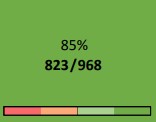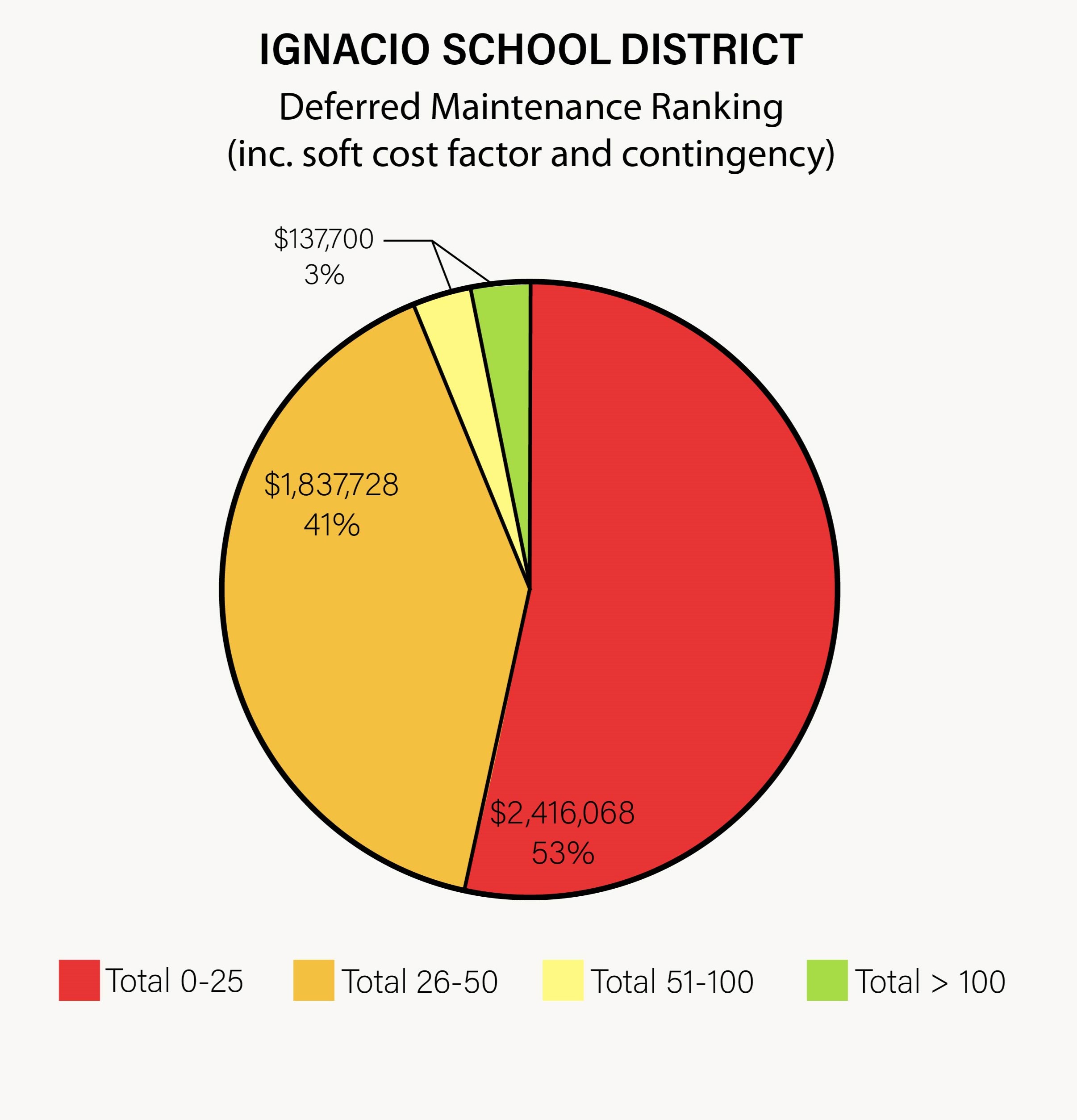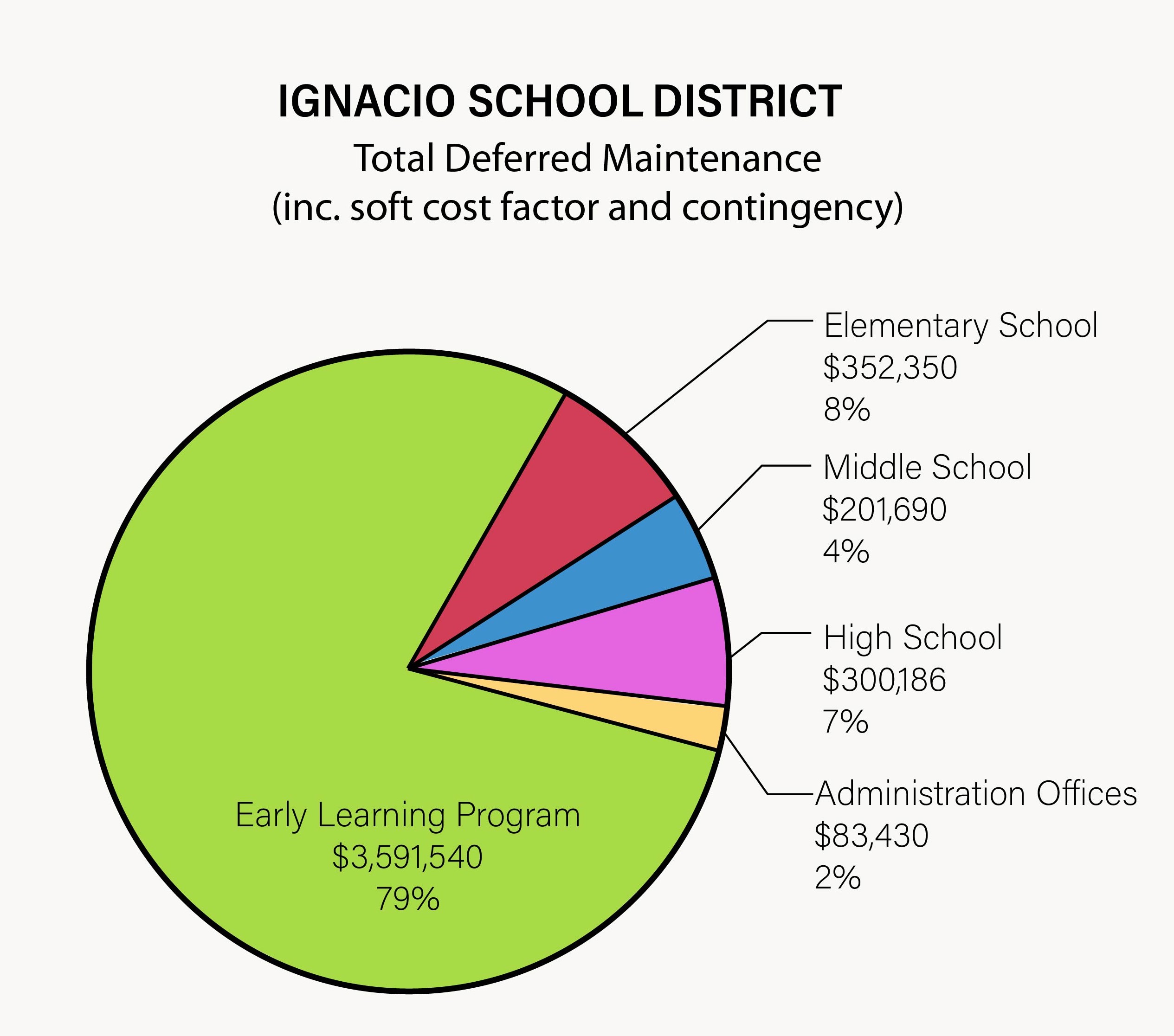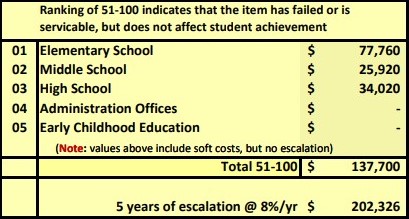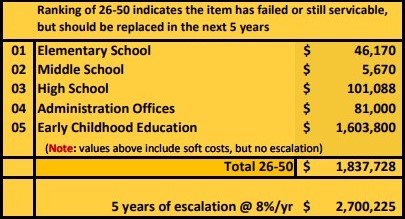


The research and investigation portion of the master plan is a comprehensive effort to fully understand the physical condition and educational adequacy of existing District facilities. The information that follows is a result of reviewing existing building documents, completing Principal surveys, district staff interviews, and multiple site visits and surveys by architects, engineers, and contractors. The information below becomes the basis for which the Master Capital Plan is built.
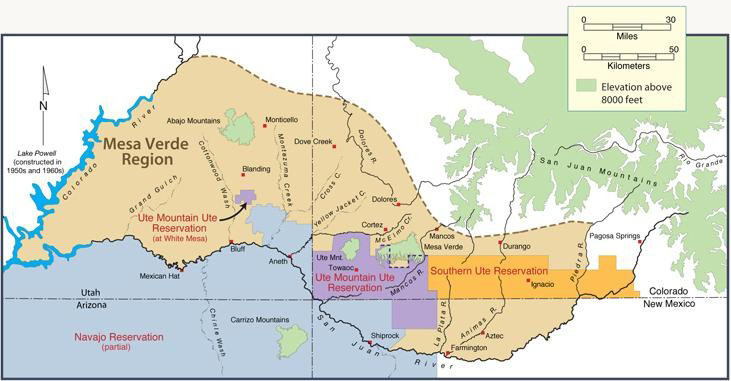
Named after one of the great Ute Indian Chiefs who led his people through many difficult times, the Town of Ignacio owes much of its heritage to this Indian history. Clearly the histories of Ignacio School District 11JT and of the Ignacio community at large are closely tied to the history of the Southern Utes and their reservation, but the history and culture was also formed from Caucasian and Hispanic backgrounds as well, leading to a rich cultural diversity that is reflected in the student population.
In 1899, un-allotted land in the eastern portion of the reservation was made available to non-Native Americans. At this time the Hall brothers were running a trading post and post office northwest of present day Ignacio. This and the narrow gauge rail station to the south were all that existed in the way of a town. In 1913, Ignacio was oficially incorporated with La Plata County. Ignacio always was and remains a multi-ethnic community. Today the town serves as a supply center for the surrounding reservation and ranches and is a crossroads for the gas and oil industry.
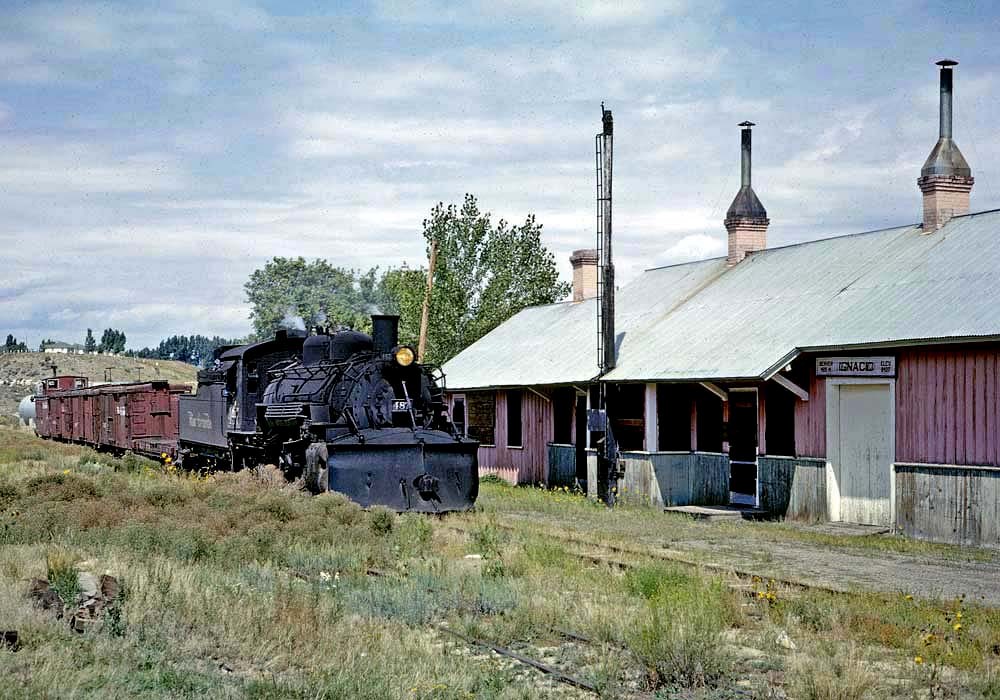
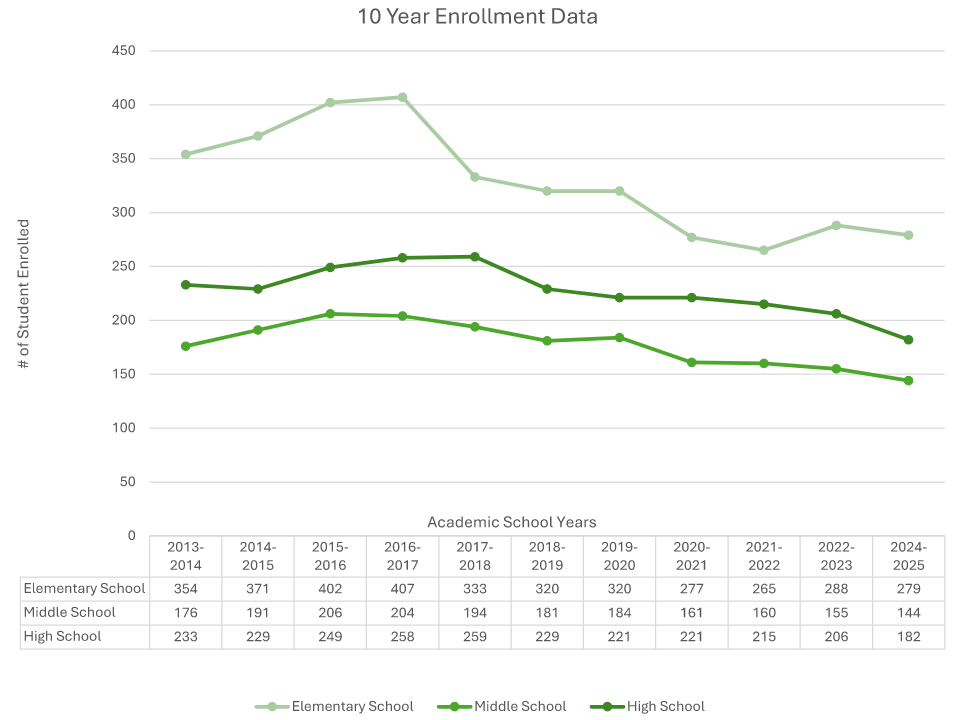
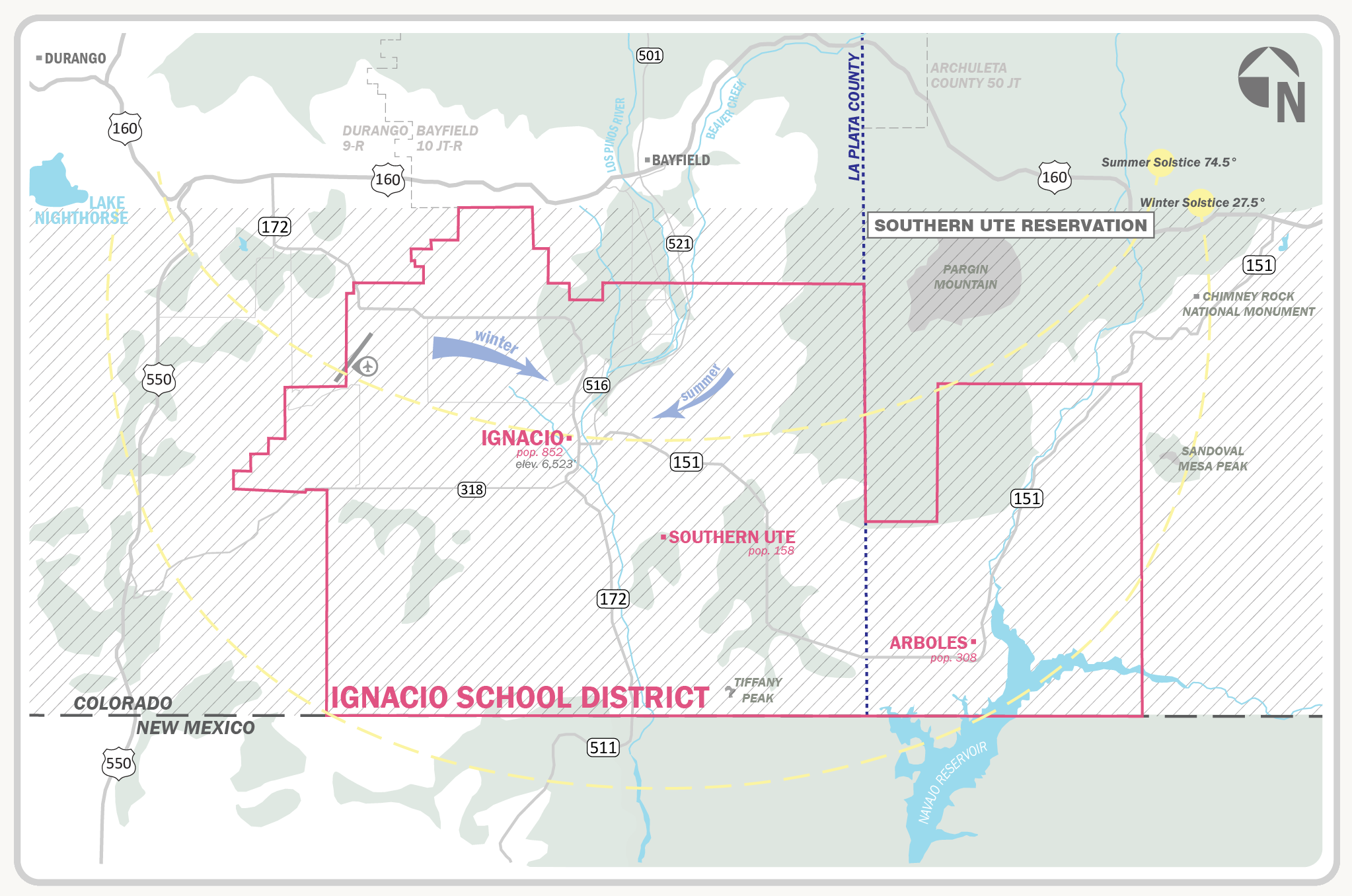
The Town of Ignacio is located along the Los Pinos (or Pine) River in southeastern La Plata County, approximately 38 miles from Durango, the county seat and nearest large town. Denver is approximately 325 road miles northeast of Ignacio, and Albuquerque, NM approximately 225 road miles south-southeast. The nearby Durango-La Plata County Airport provides non-stop service to Denver and Phoenix, AZ. Fort Lewis College in Durango is the nearest four year institution of higher education; San Juan Community College’s east campus, also in Durango, is the nearest two year institution. Ignacio School District is approximately 184,824 Acres. The Town of Ignacio is not near any Interstate highways, but US Highway 160 runs east and west between Durango and Pagosa Springs about 15 road miles north of Ignacio, and State Highways 151 and 172 intersect in downtown Ignacio. All three are well maintained, year-round highways.
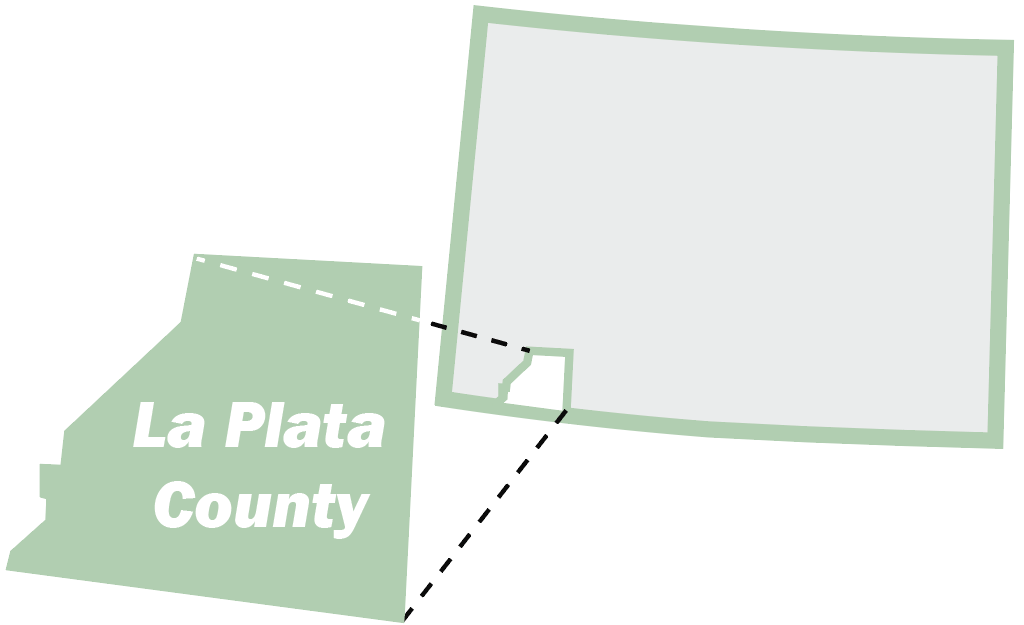
Findings
The elementary school was renovated and expanded in 2015 and the building is in above average condition. Most elements need immediate action or to be replaced in 10 years or less. The items include upgrades to the mechanical and electrical systems, expanding the kitchen, and replacing some of the interior finishes.
The demographic analysis of the district shows over the past 10 years, the elementary school has been mostly consistent with a slight drop in the past couple years.
Demographic data shows that Ignacio Middle School enrollment peaked in the 2015-2016 school year, and has been steadily decreasing since. This information predicts the enrollment in the next 5 years will continue to decrease. The building has the capacity to accommodate the enrollment projected 2030.
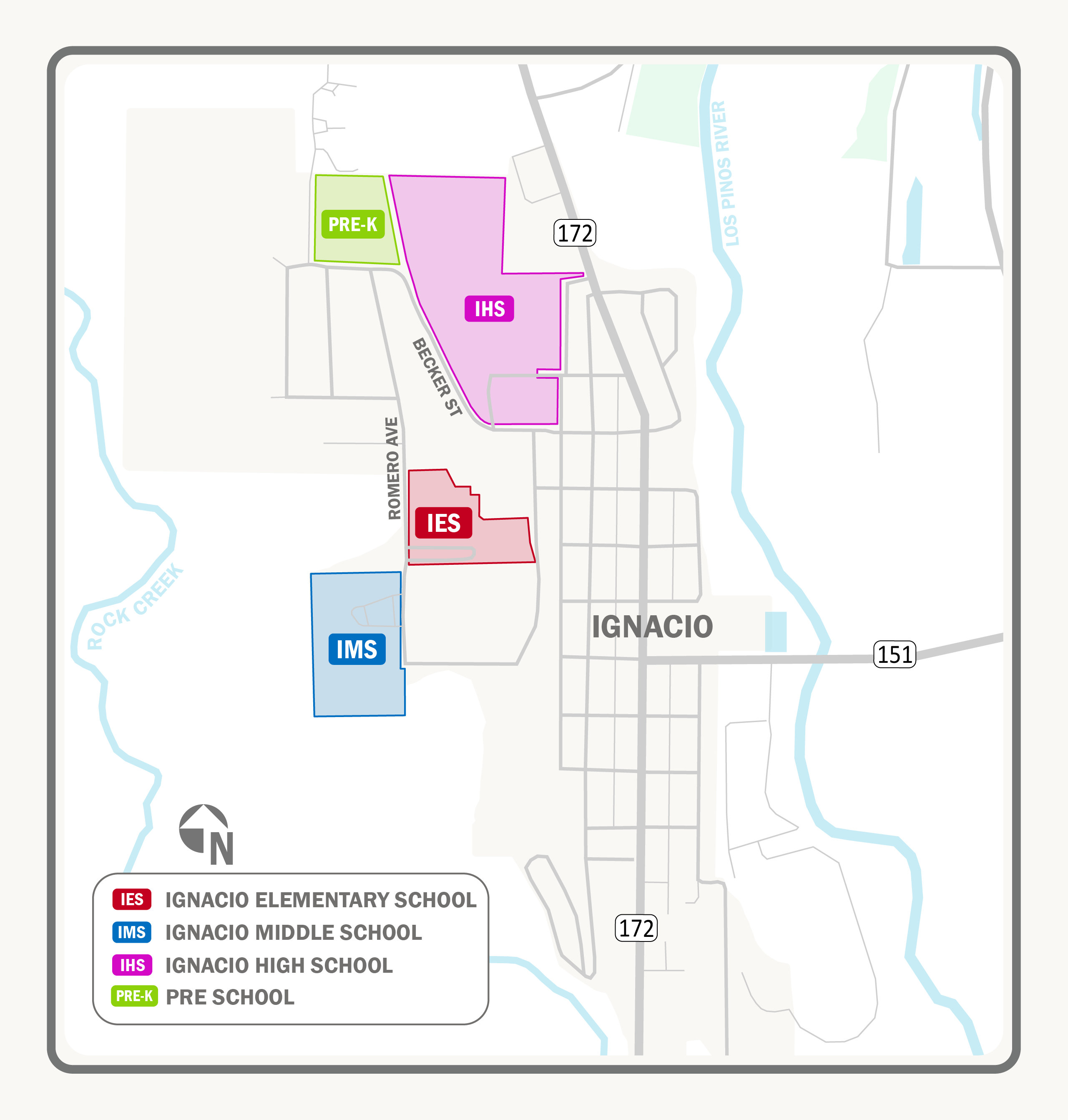
Educational Adequacy Assessments measure how well the facility supports the instructional program in the school. This is not an assessment of the physical condition of the school- the roofing, the windows, etc., which rates the various building systems. This is an assessment of the learning spaces compared to the program needs at that school. For example, if a district's music program includes an elementary component, each elementary school should have a music room with an appropriate learning environment, good acoustics, and space to store instruments or other equipment.
For each type of instructional space, the assessment includes four components:
In addition to the instructional Spaces, the adequacy assessment also includes the exterior of the building, e.g., traffic patterns, parking and access to the school, safety issues (lighting, signage, and secure entrances), play and athletic areas, and infrastructure that supports technology readiness.
Educational Adequacy Assessments measure how well the facility supports the instructional program in the school. This is not an assessment of the physical condition of the school- the roofing, the windows, etc., which rates the various building systems. This is an assessment of the learning spaces compared to the program needs at that school. For example, if a district's music program includes an elementary component, each elementary school should have a music room with an appropriate learning environment, good acoustics, and space to store instruments or other equipment.
For each type of instructional space, the assessment includes four components:
In addition to the instructional Spaces, the adequacy assessment also includes the exterior of the building, e.g., traffic patterns, parking and access to the school, safety issues (lighting, signage, and secure entrances), play and athletic areas, and infrastructure that supports technology readiness.
Ignacio Early Learning Program scored 109/252 points, giving it a 43% satisfactory rate. The highest scoring section is the Pre-K Areas which scored a 52%. The other sections all scored under 50%, which is a matter of concern. The facility and site is insufficient in all assessed categories. The Early Learning Program building lacks security functions such as a secure vestibule and other fundamental security features. It is nearly at capacity and currently lacks necessary administrative and staff spaces. Additionally, parking, restrooms, natural light, and educational spaces are inadequate and need updating in order to optimize student education and safety. With a 43% score, the ELP is the lowest scoring facility in the ISD portfolio and represents a significant need for the district.
.
.
.
.
.
.
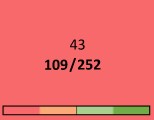
Ignacio Elementary School scored 490/576 giving it a 85%. The highest scoring sections are the Property Boundary and Traffic Flow and Core Program and Shared Spaces, both at 91% satisfactory. The lowest scoring is the Outdoor Spaces and Amenities at 73%. The main issues observed are the lack of accessibility of the bike racks, outdoor play area from the cafeteria and gymnasium, and ADA accessibility to the play equipment.
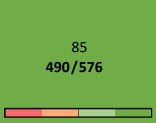
Ignacio Middle School scored 785 points out of a potential 928, giving it an 85% adequacy score. The highest scoring sections are Core Program and Shared Spaces at 89%, Property Boundary and Traffic Flow and Safety and Security both at 88%. The areas for growth are Outdoor Spaces and Amenities, Administration and Staff Spaces, and Classroom and Teaming Areas all scoring in the high 70's. For example, administration spaces are being utilized as sensory rooms, and teacher rooms are utilized as conference rooms. In addition, the middle school is lacking spaces to serve students with higher needs.
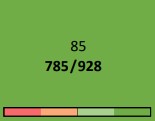
Ignacio High School also scored a 85% in the Educational Adequacy Assessment. It received 823 points out of the 968 potential points. With the exception of the Classrooms and Teaming Areas, all of the sections scored 80-89% adequate. The main areas to be improved in the Classrooms and Teaming Areas are adding variety in furniture and increasing power distribution within the instructional space.
